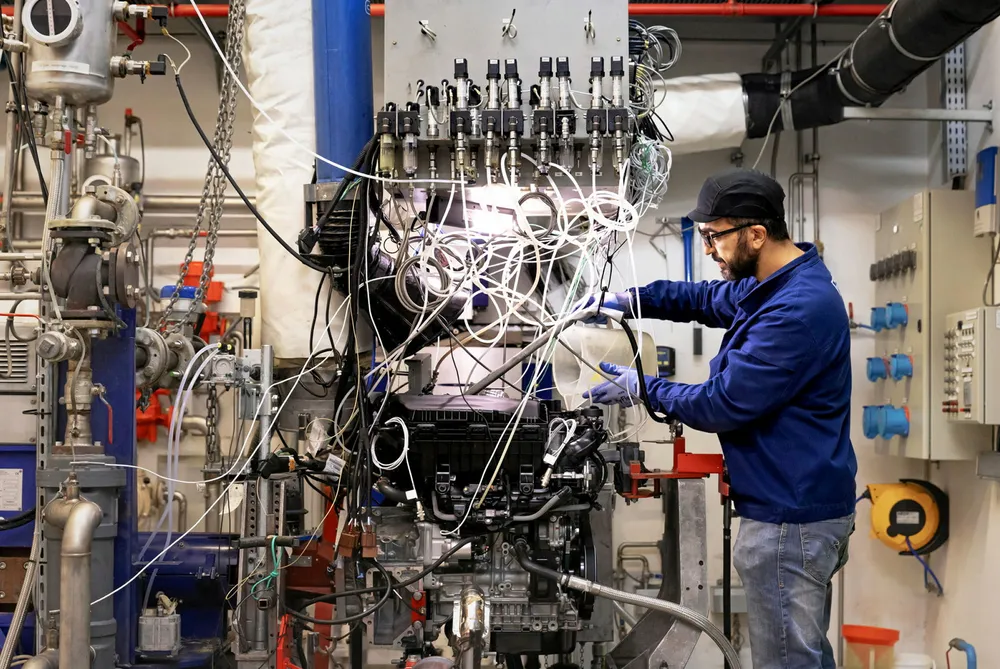Stellantis and Aramco prove hydrogen-based e-fuels will work in road-vehicle engines despite differences with fossil equivalents
E-diesel and e-gasoline had no problems with all engine types tested

E-diesel and e-gasoline had no problems with all engine types tested
